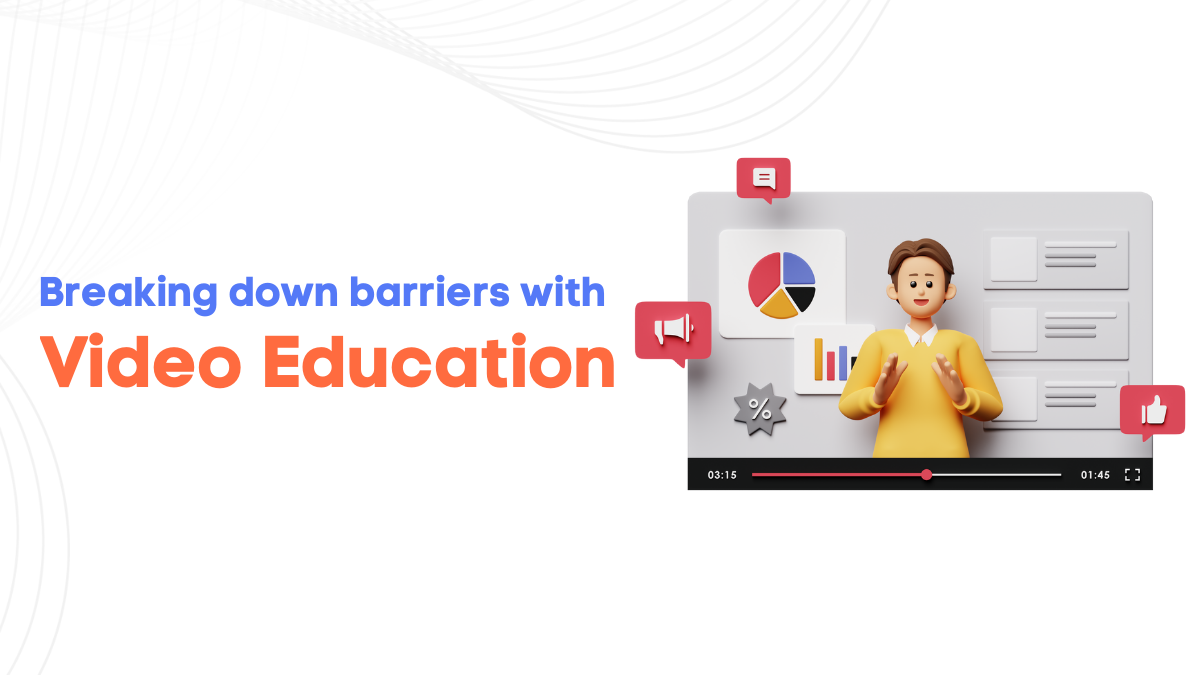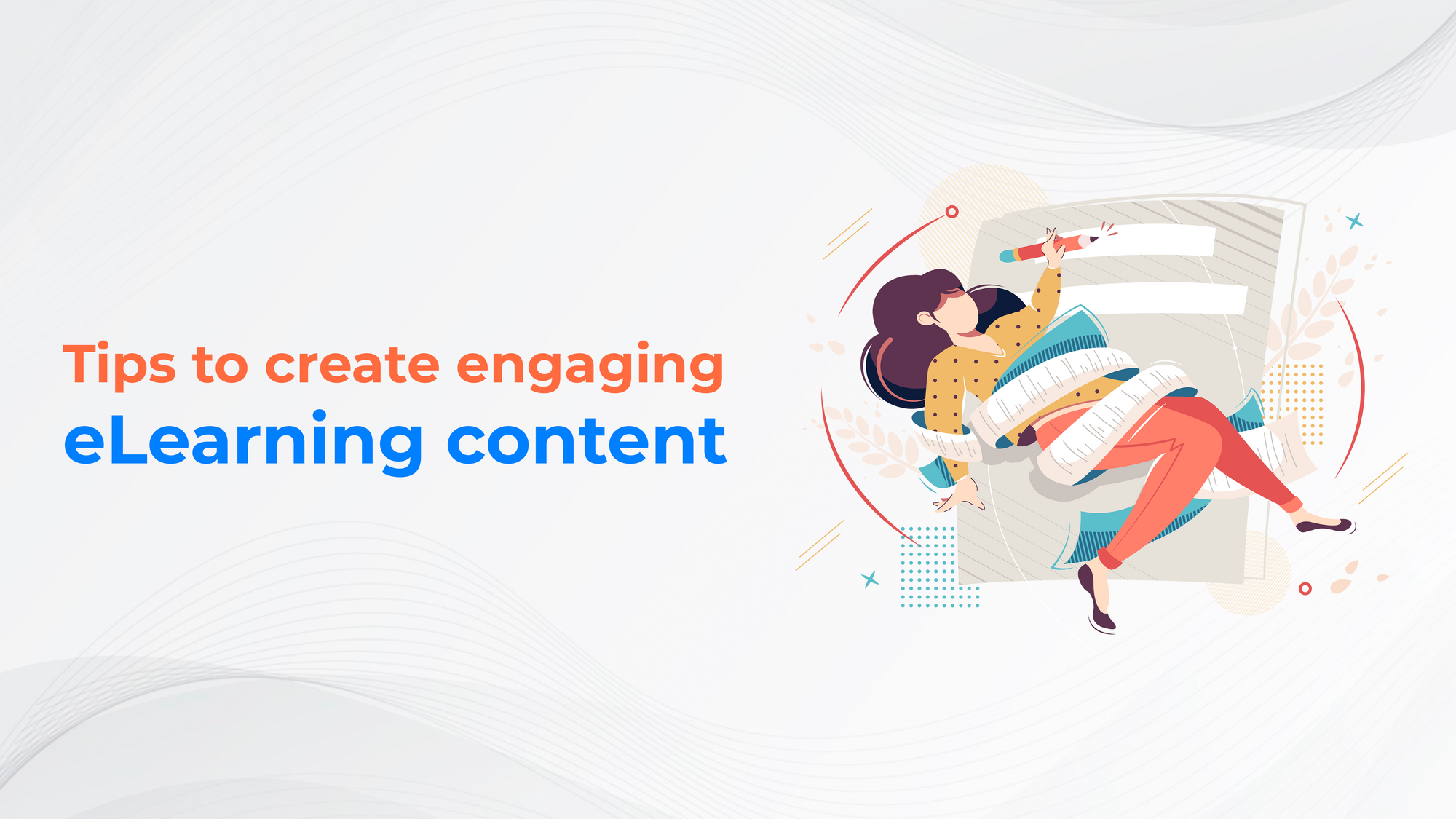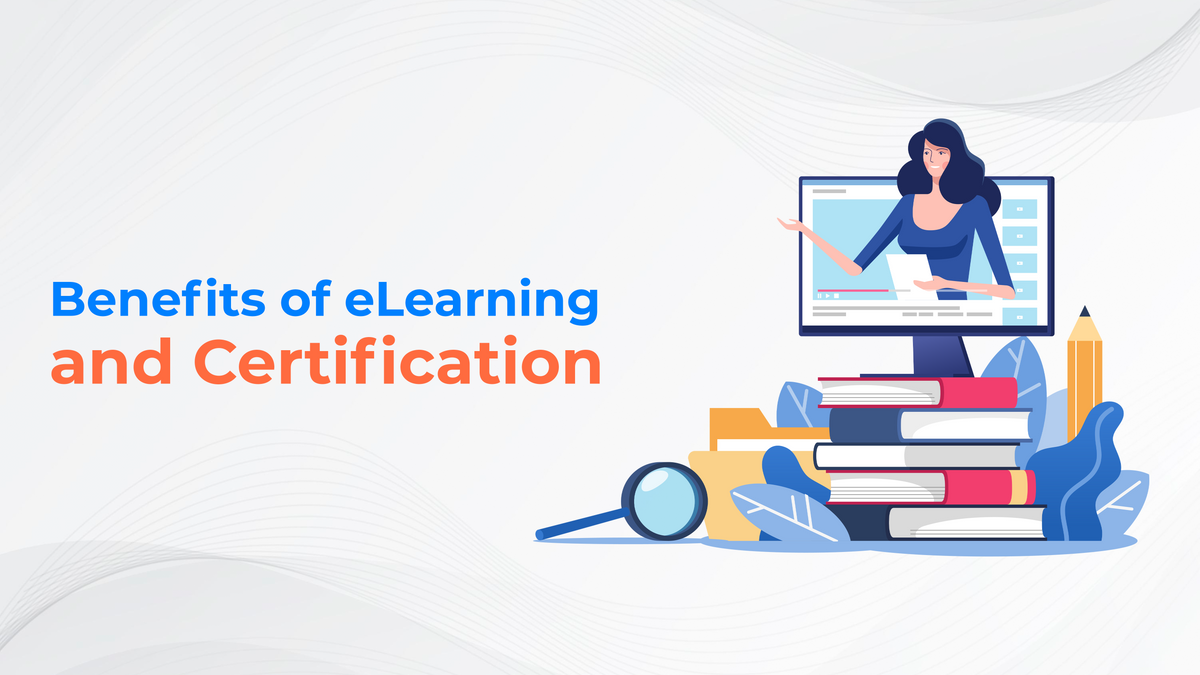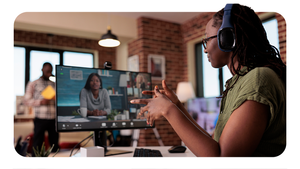Education has always been integral to human progress and an effective means of breaking down barriers across age groups. In today's digital age, video education has emerged as a powerful tool that transcends barriers and provides learning opportunities for people of all ages. With its accessibility, engaging format, and wide reach, video education has revolutionized the way knowledge is imparted and acquired. In this blog, we will explore how video education is breaking barriers and making learning accessible to individuals across various age groups.
Using Video in eLearning for Impactful Learning Outcomes
Video is an effective teaching tool that can create impactful learning outcomes. It provides an immersive, engaging, and meaningful experience that can connect educators with their learners on an emotional level, establishing trust and credibility with diverse stories. Video-based eLearning solutions break down cost, location, and time barriers, providing learners with more accessible blended learning options.
Video in eLearning allows learners to see different perspectives on subjects they may not have found relevant through traditional lectures or reading alone. This medium also extends the reach beyond classrooms to include remote teams, companies, and global communities through a Learning Management System.
Before using video in an eLearning program, defining its purpose is crucial, as is outlining the benefits and process of incorporating it. Identifying key stakeholders such as producers or production experts and discussing potential challenges like technical difficulties or language barriers is also important. Ultimately, best practices for implementing video into course materials such as providing captions/transcripts along with audio/visual elements should be highlighted. By following these steps, you can ensure impactful learning outcomes when incorporating videos into your eLearning program.
Innovative Approaches for Engaging with Multimedia Content
Engaging with multimedia content is crucial for all ages to comprehend. It impacts several aspects of our lives, such as education, entertainment, and business. Knowing how to utilize multimedia in these sectors can aid in making better decisions when creating or using diverse forms of content. One can discover multiple resources for understanding this subject, including books, websites, and videos.
Bridging the Generation Gap:
Video education serves as a bridge between generations, fostering intergenerational learning and knowledge sharing. Older generations can learn from younger experts who create educational content, while younger individuals can benefit from the wisdom and experiences of older educators. Video platforms bring together people from different age groups, creating a collaborative and inclusive learning environment where knowledge knows no boundaries.
Overcoming Language and Cultural Barriers:
One of the significant advantages of video education is its ability to transcend language and cultural barriers. With subtitles, captions, and translated content, educational videos can reach learners around the globe, regardless of their native language. This opens up a world of opportunities for individuals to learn from diverse cultures and perspectives, promoting global understanding and fostering a sense of unity.
Lifelong Learning Opportunities:
Video education encourages lifelong learning and continuous personal development. Individuals of all ages can pursue their interests, acquire new skills, and stay updated with the latest knowledge in their respective fields. Whether it's a retiree exploring a new hobby, a professional seeking career advancement, or a student expanding their horizons, video education offers a platform for ongoing learning and growth.
Making Learning Accessible With Interactive Videos
The concept of learning can be made more accessible to people of all ages with interactive videos that streamline the learning process and make it engaging and interactive. Interactive videos are suitable for those who learn at their own pace and prefer to stay informed on a subject without attending physical classes or seminars, making eLearning more cost-effective and eco-friendly.
Interactive video education can personalize learning based on the educational needs of individual learners. Learners can access content in an easy-to-understand format tailored specifically to their needs, allowing them to get the most out of their educational experiences by accessing relevant and appropriate content.
This section post discusses the advantages and disadvantages of using interactive video education, common issues that may arise, and tips for getting the most out of the experience.
Advantages: Easy access to learning material, efficient learning, engagement, cost-effectiveness, eco-friendliness, and personalized learning.
Disadvantages: Technical difficulties, additional required skills, and vulnerable data security.
To maximize the interactive video experience, ensure a reliable internet connection with sufficient bandwidth before streaming videos online, consider investing in editing software, educate yourself on data security protocols, consider investing in a learning management system with better encryption, and create tutorials to maintain viewer engagement.
If creating interactive videos isn't quite right, there are plenty of alternatives available, such as podcasts, webinars, online courses, and traditional textbooks. However, none offer the same level of engagement provided by multimedia-rich materials found in interactive videos. If enhancing the educational experience is a priority, considering the usage of Interactive Videos should be a top priority.
Bottom Line
Video education has revolutionized the way people learn, breaking barriers and making knowledge accessible to individuals of all ages. Its flexibility, engaging format, and diverse content empower learners to pursue their educational goals at their own pace and convenience. By leveraging video education, we can foster a culture of lifelong learning, bridge generational gaps, and promote inclusivity in education. As technology continues to advance, the potential for video education to transform learning experiences for all ages is boundless.










